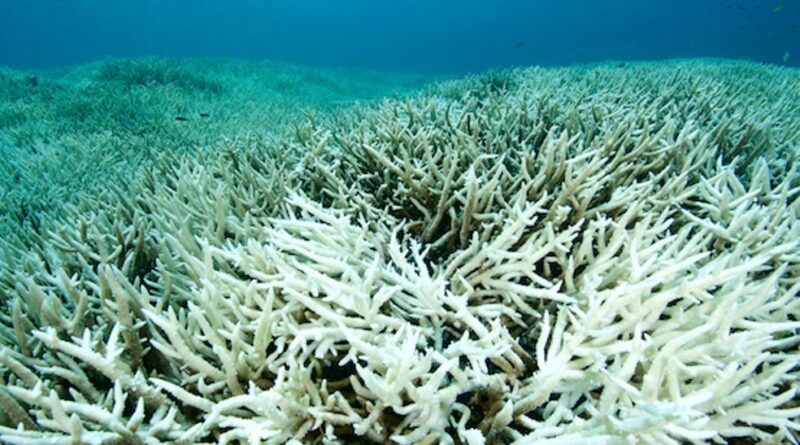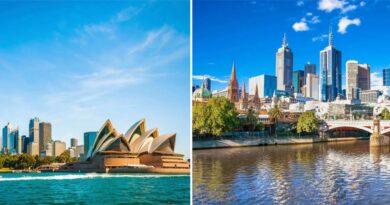New Monash study shows wind patterns key in causing coral bleaching on Great Barrier Reef
The urgent fight to protect Australia’s iconic Great Barrier Reef from disastrous mass coral bleaching events has been given a significant boost, with new research from Monash University identifying wind patterns as a key cause.
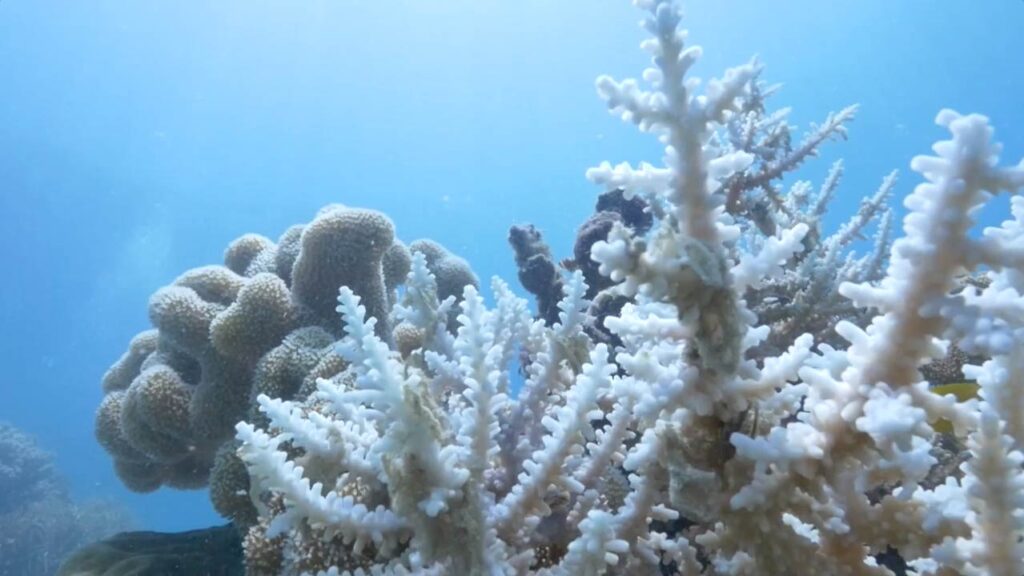
Until now, the cause behind the spike in ocean temperatures resulting in coral bleaching had been unclear, and was often linked to El Niño.
But Monash University’s analysis of more than three decades of atmospheric weather has unlocked the role of easterly ‘trade’ winds responsible for regulating the temperature of the reef.
It was a case study of a mass bleaching of 91 per cent of the reef in February 2022, the fifth in eight years, that provided the breakthrough for lead researcher and Monash atmospheric science PhD candidate Lara Richards.
“Our research has identified that it was the collapse of the trade winds that drastically altered the near-surface temperature of the ocean,” Ms Richards said.
“During a three-week period, we observed the ocean warming in this area by almost 2C to 30.5C, as the absence of the trade winds allowed a decrease in cloud cover, increase in solar radiation, and lack of evaporative cooling.
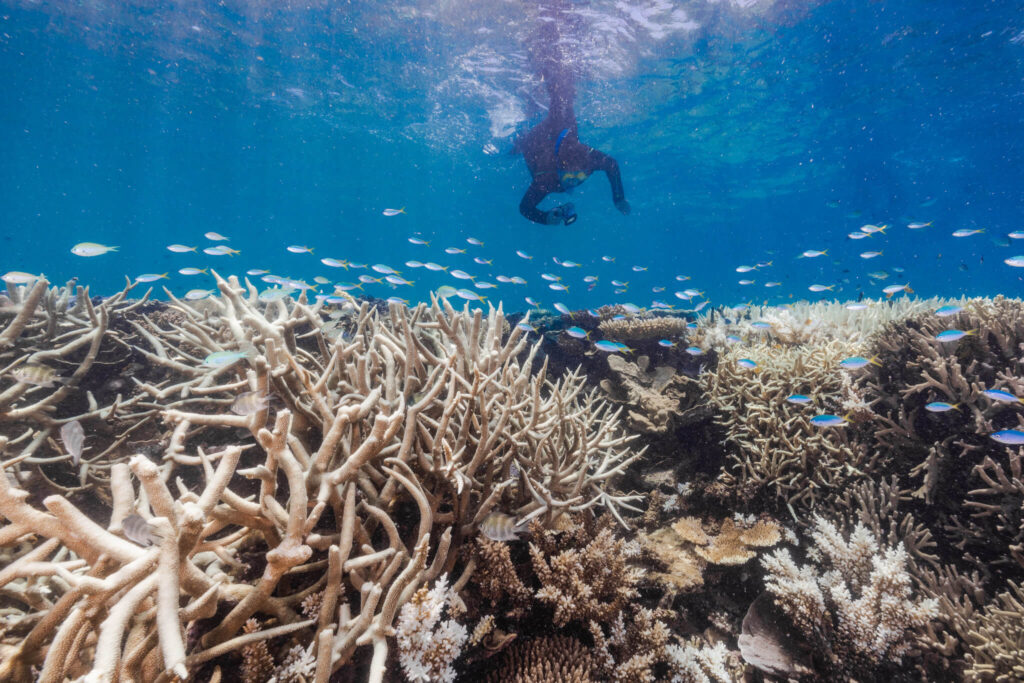
“Following the re-establishment of the trade winds, the warming ended abruptly and the ocean temperature cooled by 1C over 48 hours as evaporative cooling effectively tripled.”
The findings, detailed in a peer-reviewed study published in the Scientific Reports scientific journal on Saturday 14 October, highlight the exacerbating impact of local meteorology on coral reefs and provide never before seen clues to help combat the impact of coral bleaching on the reef.
Drawing on data from the Australian Institute of Marine Science’s Davies Reef automatic weather station at Davies Reef, 100 kilometres northeast of Townsville, Monash researchers compared three decades of ocean and air temperature, humidity, wind speed and direction, and wave and tidal pattern.
In identifying the cause of key incidents of ocean temperature increases that cause coral bleaching, the research also helps dispel myths around links to El Niño.
“People tend to associate coral bleaching on the Great Barrier Reef with El Niño, which we’ve now been able to demonstrate is misinformation,” Ms Richards said.
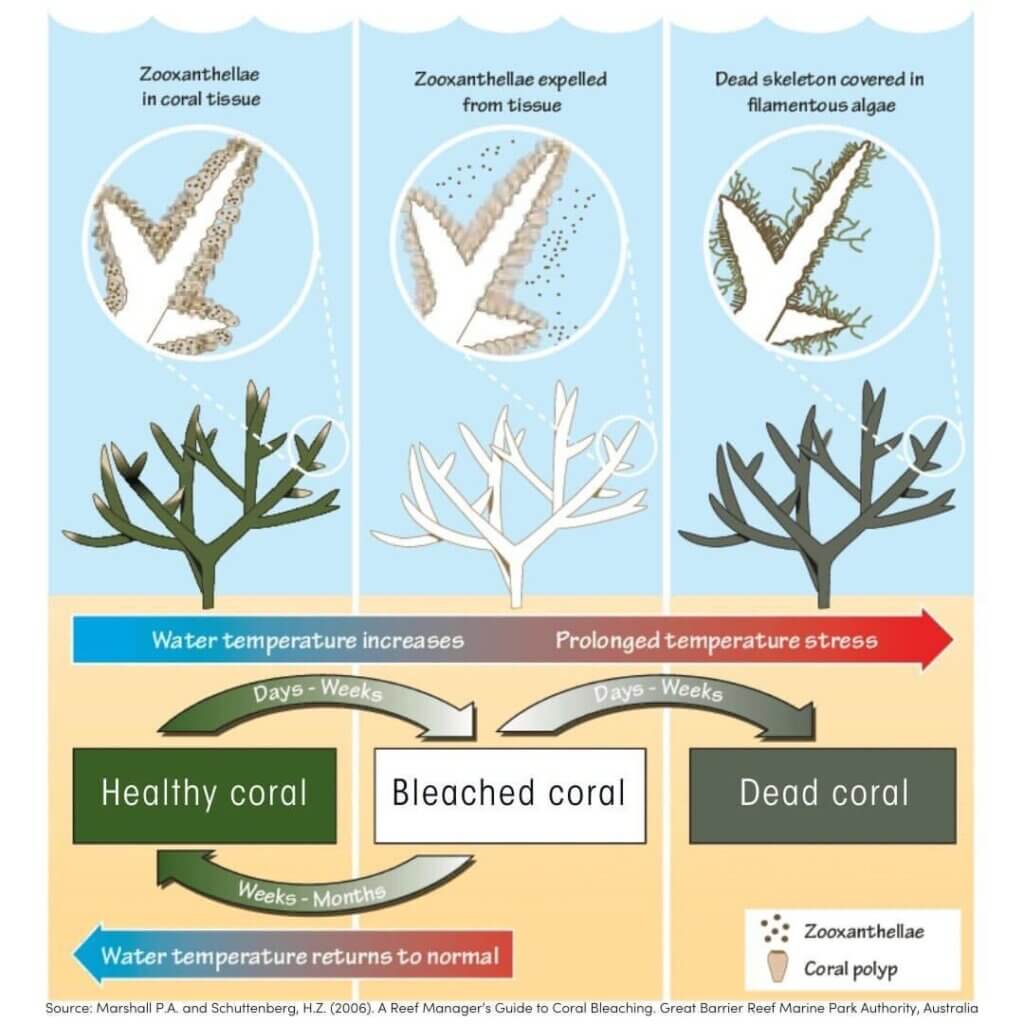
“That’s why we were looking at 2022 in particular, because it was the first bleaching on the reef during a La Niña phase.
“So we were able to show that as bleaching can occur during both El Niño and La Niña, it was the change in the meteorological conditions that caused the bleaching.”
Mass coral bleaching events are catastrophic for the biodiversity of the UNESCO World Heritage-listed Great Barrier Reef, killing the coral and threatening the fish and other organisms through loss of habitat.
As a key tourist destination, the loss of the reef would also place an estimated 64,000 jobs and $56 million in revenue in jeopardy.
“The United Nations’ Intergovernmental Panel on Climate Change has identified the loss of coral reefs as a key risk for Australia, so understanding them is critical to being able to predict and respond to them,” Ms Richards said.
“Now that we understand the conditions that can lead to bleaching events, we will be able to predict where and when they will occur, and put in place measures to respond to and mitigate their impacts.” (Monash Uni)
